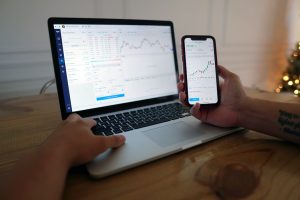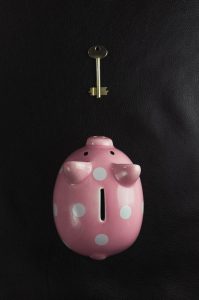Forex trading is one of the most popular forms of trading in the world, with over $5.3 trillion traded daily. The forex market is constantly moving, with currency pairs rising and falling in value every second. This can make it difficult to determine which currency pairs are trending and which are not. In this article, we will explain how to detect trending forex pairs so that you can make more informed trading decisions.
What is a Trending Forex Pair?
A trending forex pair is one that is consistently moving in one direction over a certain period of time. This can be either up or down, but it must be sustained over a period of time. Trends can be short-term, lasting just a few days, or long-term, lasting several weeks or months. When a forex pair is trending, it can be easier to make profitable trades, as the direction of the trend is clearer.
How to Detect Trending Forex Pairs
There are several ways to detect trending forex pairs. It is important to note that no single method is foolproof, and it is always important to do your own analysis before making any trades. Here are some of the most common methods used to detect trending forex pairs:
1. Moving Averages
Moving averages are one of the most popular indicators used to detect trends in forex trading. A moving average is a line that represents the average price of a currency pair over a certain period of time. The most common moving averages used are the 50-day and 200-day moving averages. When the price of a currency pair is above the moving average, it is considered to be in an uptrend, and when it is below the moving average, it is considered to be in a downtrend.
2. Relative Strength Index (RSI)
The relative strength index (RSI) is another popular indicator used to detect trends in forex trading. The RSI measures the strength of a currency pair’s price action, and can help traders identify overbought and oversold conditions. When the RSI is above 70, it is considered overbought, and when it is below 30, it is considered oversold. Traders can use the RSI to identify potential trend reversals or to confirm existing trends.
3. Moving Average Convergence Divergence (MACD)
The moving average convergence divergence (MACD) is a popular momentum indicator used to detect trends in forex trading. The MACD calculates the difference between two moving averages and plots it as a line on a chart. When the MACD line crosses above the signal line, it is considered a bullish signal, and when it crosses below the signal line, it is considered a bearish signal. Traders can use the MACD to identify potential trend reversals or to confirm existing trends.
4. Bollinger Bands
Bollinger Bands are another popular indicator used to detect trends in forex trading. Bollinger Bands consist of three lines: a simple moving average (SMA), an upper band, and a lower band. The upper and lower bands are calculated using the standard deviation of the price of the currency pair. When the price of the currency pair is trading near the upper band, it is considered overbought, and when it is trading near the lower band, it is considered oversold. Traders can use Bollinger Bands to identify potential trend reversals or to confirm existing trends.
Conclusion
In conclusion, detecting trending forex pairs is an essential part of successful forex trading. There are several methods that traders can use to detect trends, including moving averages, the relative strength index (RSI), the moving average convergence divergence (MACD), and Bollinger Bands. It is important to remember that no single method is foolproof, and it is always important to do your own analysis before making any trades. By using these methods, traders can make more informed trading decisions and increase their chances of success in the forex market.





